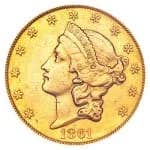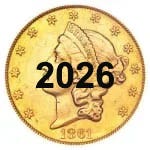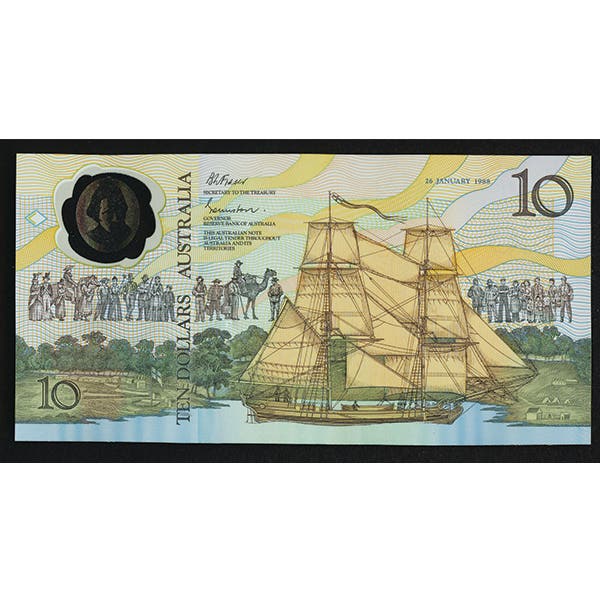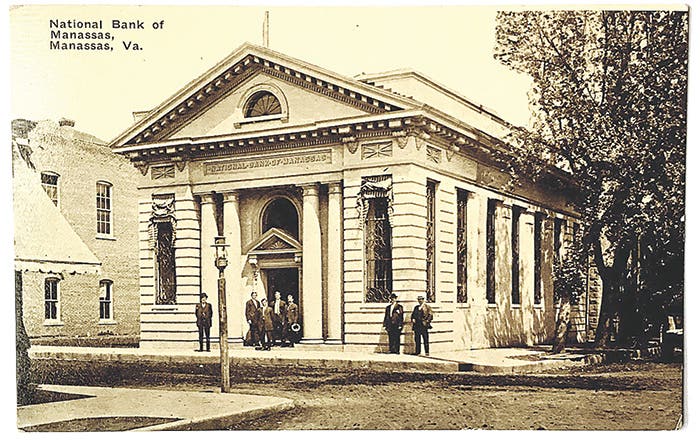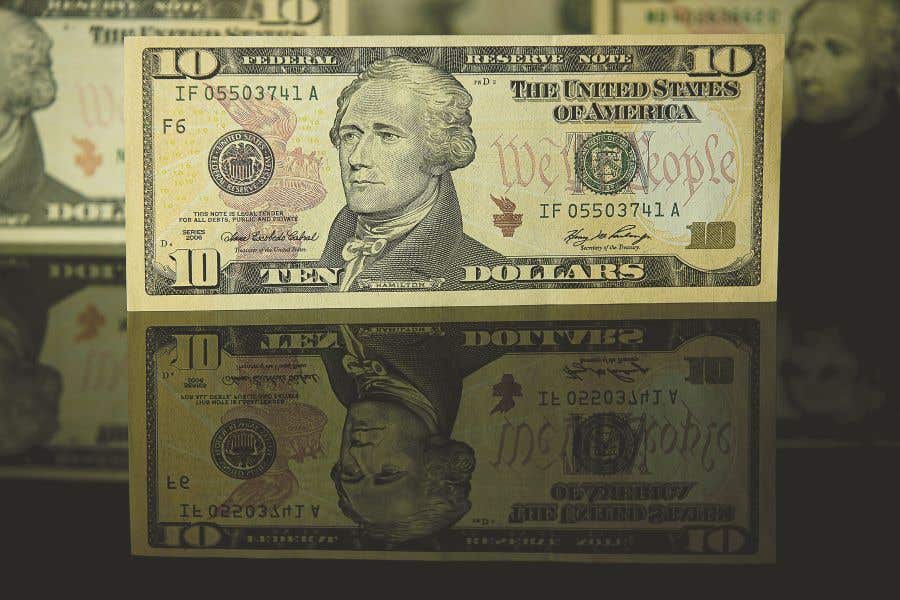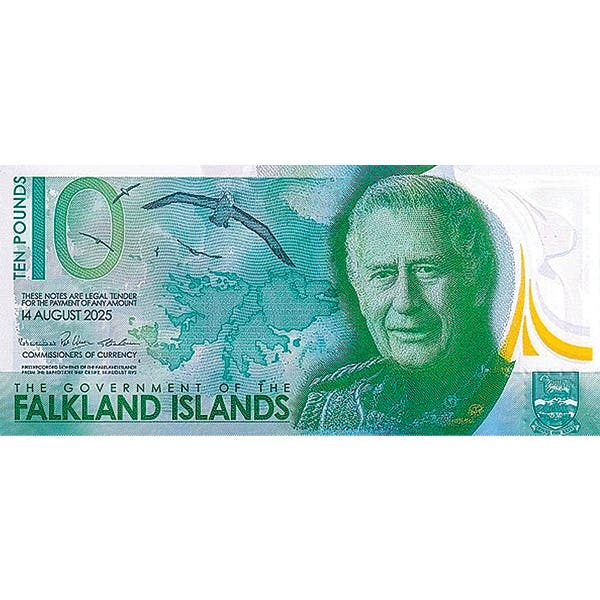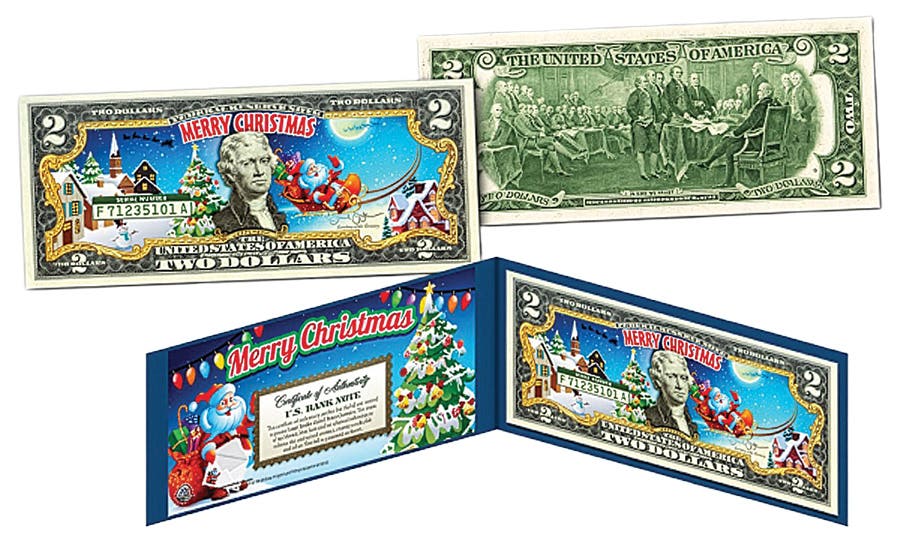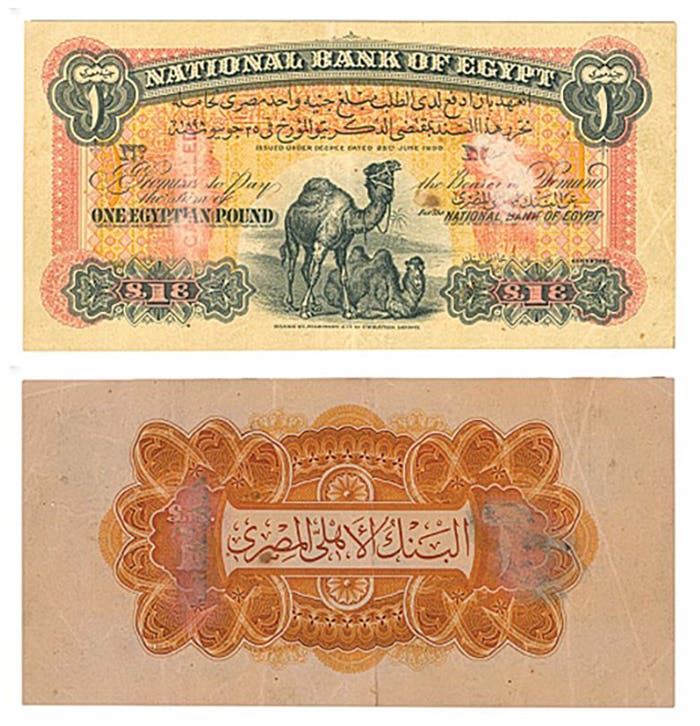Inflation Impacts Iran’s Currency
Iran is moving forward with plans to remove four zeros from its currency, a long-debated move aimed at simplifying transactions amid persistent inflation and a weakened rial.
Courtesy of the author.
In 2019, Iran considered a new monetary system due to inflationary pressures. The proposal wasn’t acted upon; however, it now appears that the proposal may have been dusted off. In May 2025, Iranian Central Bank Governor Mohammad Reza Farzin admitted the Iranian rial “does not have a favorable image.”
Farzin wasn’t talking about the vignettes on bank notes or images on coins. The Central Bank of the Islamic Republic of Iran has allowed private banks to issue high-denomination Iranian cheques since 2023. These are bearer-teller’s checks printed to look like official bank notes.
The central bank’s 2,000,000-rial bank note has been referred to as a 200 toman, suggesting in jest that there would be a currency revaluation through which four zeroes would be cut off from the face value of notes now in circulation. Coins as high as 5,000 rials have been issued since the Islamic Revolution, but few circulate because of their low purchasing power.
Iranians have already made their own move, accepted the toman rather than the rial. Iran dropped one zero to change the rate from rial to toman, a toman being 10 times that of a rial.
The proverbial other shoe appears to have dropped when, in August 2025, Iran’s Parliament website ICANA quoted Economic Commission Chairman Shamseddin Hosseini as saying, “Today’s meeting of the economic commission approved the name ‘rial’ as the national currency, as well as the removal of four zeros.”
Hosseini said the new rial would be equal to 100 gherans and was meant to simplify financial calculations as well as reduce the cost of printing bank notes. No mention of reintroducing coins was made.
Imam Sadiq University Associate Professor Kamran Nadri commented that the removal of several zeros from Iran’s decimated bank notes “is neither an effective monetary policy nor a mechanism to control inflation. It is simply a formal adjustment to the currency unit for accounting purposes.”
Following the 1975 Islamic Revolution, coins and bank notes featuring the Shah were either withdrawn or defaced, yet they continued to circulate. The size and shape of coins and notes did not change at that time. It was not immediately apparent whether the currently circulating bank notes would be reissued with the new denominations overprinted on them or if entirely new notes would be issued.
All bank notes and any future coins are produced by the Security Printing and Minting Organization in Tehran, which the central bank owns
You may also like:

